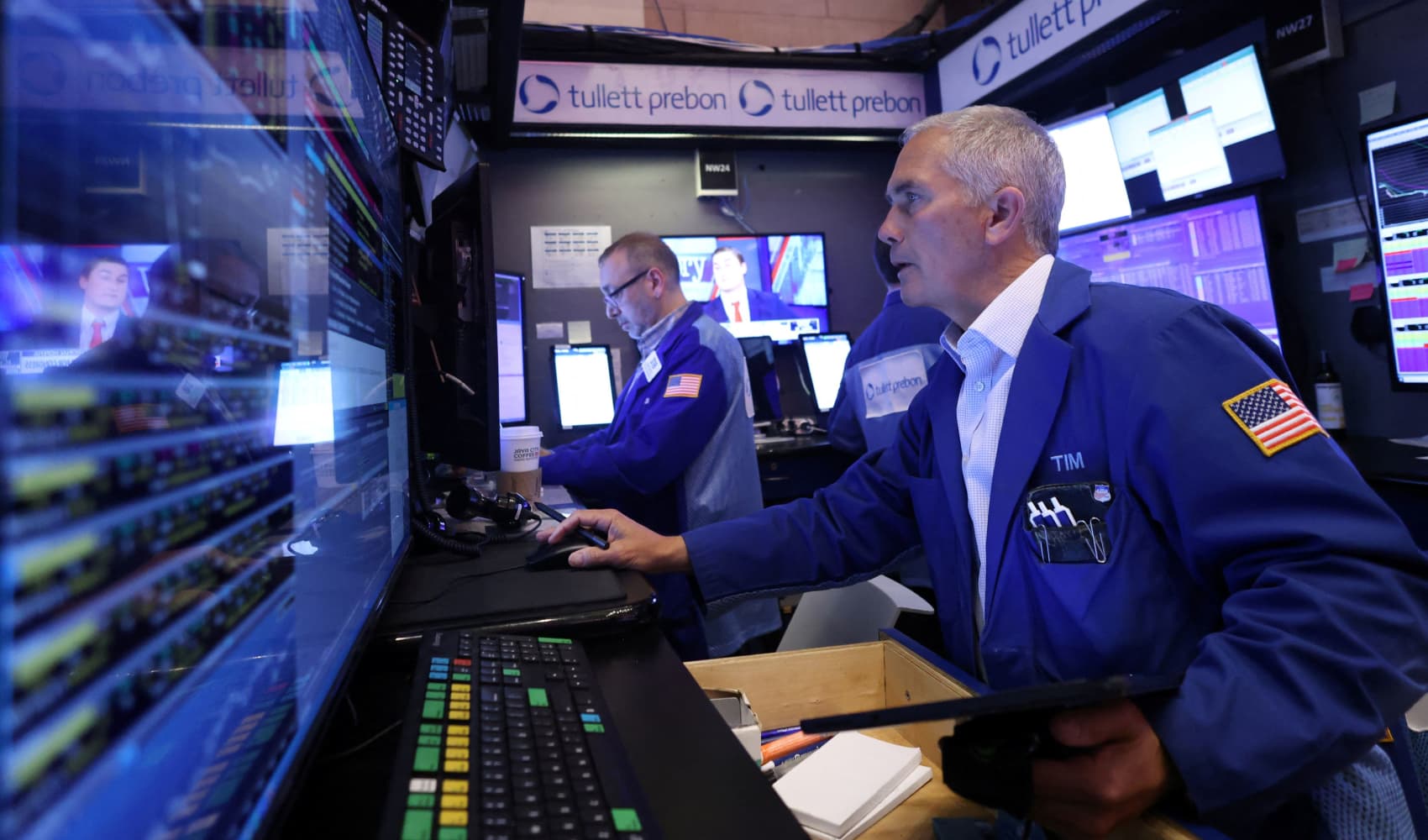
The number of job openings dropped by 1.1 million postings in August compared with the month prior, the second-largest slide in the history of the Job Openings and Labor Turnover report, which began collecting data in 2000.
Job openings dropped by 10% to 10.1 million in August from 11.2 million in July. Despite that, opportunities are still historically high, and a rapid clip of quitting and hiring mean it's still largely a worker's market — it's just cooling a bit as the Federal Reserve intended.
The biggest surprise is the drop didn't happen sooner in June when the Fed raised its benchmark interest rate by 0.75 percentage point in an effort to curb inflation, says Julia Pollak, chief economist at ZipRecruiter. She says online job postings already started falling by June, and she expected to see Labor Department data match that timeline. Instead, openings rose to 11 million in July.
1 million jobs gone
Get Boston local news, weather forecasts, lifestyle and entertainment stories to your inbox. Sign up for NBC Boston’s newsletters.
The August plunge in job openings is a result of employers reducing their future hiring plans, Pollak says, or only hiring to replace people rather than hiring for new positions to grow their team.
"They're hiring people only when absolutely necessary," she says. Other industries may be "tilting back to normal now that they're fully staffed."
Jobs that saw the biggest declines in postings in August include those in health care and social assistance, other services (like equipment repair and personal care services), and retail trade.
Money Report
Pollak expects this downward trend to continue among industries that are sensitive to rising inflation, falling stock prices and contractions in other parts of the economy — think: finance, real estate and construction.
In other service sectors, though, slower hiring intentions could exacerbate staffing shortages and lead to longer wait times, slower service or limited availabilities at places like restaurants, stores and airports, Pollak says.
It could spell trouble for a hectic holiday shopping season, too.
This fall's seasonal hiring push is "much slower and more cautious than that of previous years," Pollak says. Employers, not wanting to over-hire, could instead under-hire or leave staffing to the last minute, when they may have to recruit at a premium.
'It's still a very tight market'
Still, there are 4 million more open jobs than people who can fill them, meaning "it's still a very tight market" and as advantageous to workers as ever, Pollak says.
An elevated 4.2 million people quit their jobs, and 6.3 million were hired into new ones. The rate of people being hired outpaces the share of people quitting in every major sector, notes Elise Gould, a senior economist at the Economic Policy Institute.
Despite recession concerns in other parts of the economy, it's not showing up in the job market. Workers have roughly 50% more jobs available to them than before the pandemic. Around 1% of the workforce was laid off in August, near record lows. And more people joined the workforce or are looking for work as of September, with the labor force participation rate jumping to 62.4%, tied for the highest level of the year.
1 in 4 workers would quit without a new job lined up
Workers are still overwhelmingly confident in the job market, with upwards of 4 million people voluntarily quitting every month for more than a year now.
Job seekers' confidence in the market rebounded in September following an all-time low in August, according to ZipRecruiter.
Some 1 in 4 workers are so confident in the market that they'd quit their current gig without a new offer lined up. Meanwhile, 34% of job seekers expect wage growth to keep accelerating rather than stall, and nearly half, 48%, would be open to relocating to another neighborhood or state for a new job, as of September.
And more Americans are working multiple jobs, which Pollak sees as another sign of a strong worker's market. Nearly 70% of Americans are looking for extra work to combat inflation, according to one September survey. But Pollak says the share of multiple job-holders tends to go up when people have ample opportunities for paid work.
"It's a sign that there are still lots of jobs out there where employers are reaching out even to passive job-seekers and people currently employed," Pollak says. "They're saying, 'Hey, I need you,' and workers are trying to go after every dollar available to them."
Check out:
California job-seekers will soon see salary ranges on job postings
Nearly 70% of Americans are looking for extra work to combat inflation
Why does work feel so dysfunctional right now? A psychologist, labor expert and CEO weigh in
Sign up now: Get smarter about your money and career with our weekly newsletter






